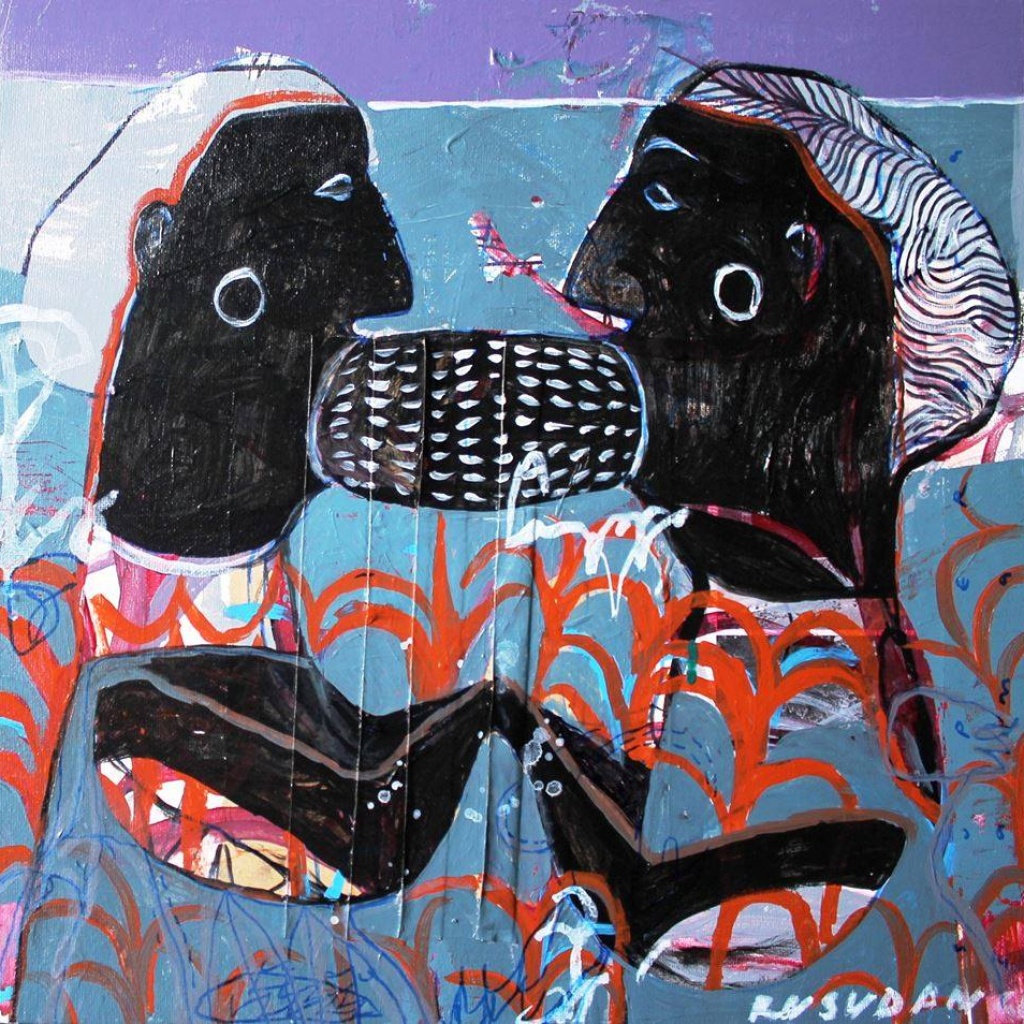Why do we leave out so much when we study art history? Wouldn’t exposure to different cultures and aesthetic ideas benefit us all? Who determines what we study in art history books or what we see in museums and art galleries? How do critics, gallery directors, and dealers manipulate public opinion?
It has been said that artists sometimes live in a vacuum, unable to see outside themselves, and that is the only way they can produce. Ivory Tower? Vacuum? Do ‘outsider’ artists live in a vacuum? Did Simon Rodia or Minnie Evans, or James Hampton? If so, does that mean they would have been contaminated by ideas other than those they themselves generated? Furthermore, do we generate ideas ourselves at all?
Cultural differences play a major role in how a society views art, and the kind of art it produces. Western art differs from other cultures in, among other things, its emphasis on the individual. “Man is the measure of all things.” For the ancient Greeks, individual heroism and the need to master the environment were highly valued. Ancient Chinese cultures, on the other hand, viewed man as a small part of nature and depicted him that way in the landscape. Many of the objects we view as works of art, in Africa, are objects meant to be used in ceremonies and conduits for communicating with spiritual ancestors.
We are all amalgams of various influences. Aboriginal artists have not been exposed to western art history. They are in a vacuum. On the other hand, they see each other’s images. While we can never disengage from our background, is it necessarily a limitation? There seem to be a lot more questions than answers, and a lot to think about.
At the core of ethnocentrism in our education is the treatment of non-western art (African art in particular) as anthropological, idiosyncratic, or exotic. This is evident in the way some of it is presented in museums. African masks for example, beautiful objects, are not meant to be viewed on clean white museum walls. Egyptian tomb art is also not meant to be seen.
An argument can be made that the western appropriation of art objects viewed out of context has some benefits. It enables people who do not live in the vicinity of where the objects were made to see them. It allows for the provision of conservation and protection of the objects. Still, the lack of respect for and understanding of the work evokes a range of feelings among contemporary artists of all backgrounds, but especially, perhaps, those whose ancestry is non-western. Perhaps inclusion of this discussion as well as the non western art in our curriculum would give us a chance to deepen our vocabulary and appreciation of the rich art produced in our own culture as well as those which have been historically withheld from us.
Rusudan Khizanishvil’s image of two heads in profile embodies the concept of “connection”; physical, spiritual, and emotional. The image, with its enigmatic symbols, some perhaps intended, others which come about through personal or cultural contexts, evokes work from the ancient Aegean frescos with its patterns, graceful plantlike forms, and color. Are the dots in the central shape seeds? Are they talking? What is the significance of the open mouths sharing an ambiguous form? Perhaps one of the most interesting formal aspects of this piece, though, is its figure ground relationships. It is a window into an unusual kind of space, both floating and attached to the space of the picture plane.
Carol Heft, USA
Carol is a New York City based artist and educator. She is a graduate of the Rhode Island School of Design and her work has been exhibited internationally. She teaches Drawing, Painting, and Art History at several colleges in New York and Pennsylvania, and is represented by the Blue Mountain Gallery in New York City.



Rusudan Khizanishvili is the most amazing artist ,so much information and communication comes from her paintings its just unreal!i just admire her work and looking for more and more amazing creations!